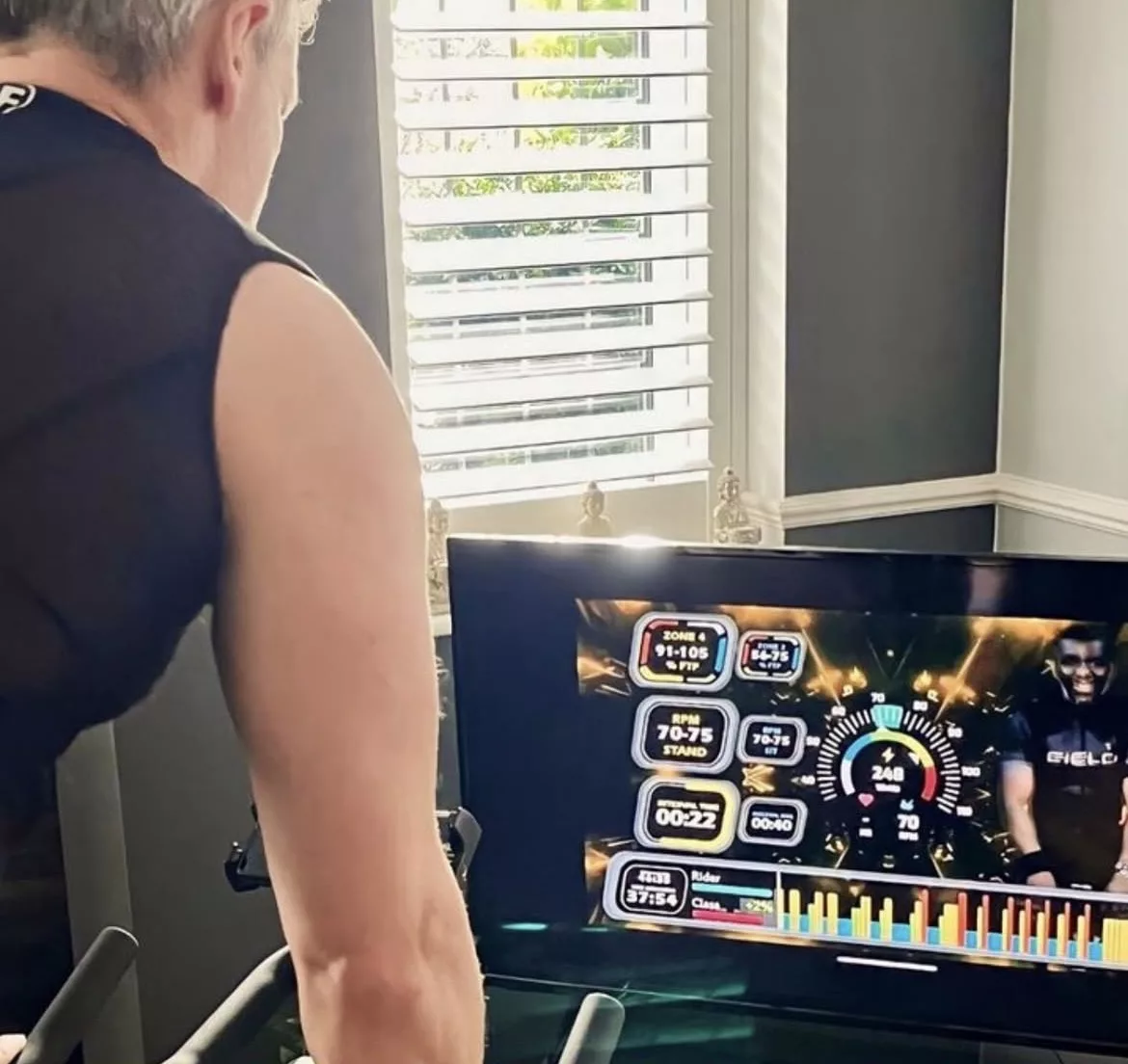The current landscape of indoor cycling is rapidly moving towards a power-based training model where riders are able to achieve higher and more precise levels of fitness. By deepening your understanding of power metrics in cycling you will be able to achieve significant positive adaptations. Here are some basics:
What are watts?
When riding a bike, we generate power in watts (W) through “Force (f) x Velocity (v)”. In indoor cycling, you will hear coaches refer to this as gear and cadence (RPM). These two factors impact your power output (W). Increasing or decreasing one of these elements will either increase or decrease your watts.
Training with watts gives you immediate and quantifiable feedback on the intensity of your workout. A great analogy is to think of a lightbulb. A 60W light bulb gives off less light compared to a 100W light bulb. More watts means more power.
Why train with power?
Focusing on power output will help you stay on-track and motivated to maintain your target workload during hard efforts. This type of training will build your endurance, increase your speed, make you stronger, and overall, improve your physical performance.
Attention to power can also help you pace your efforts. Instead of riding too hard and overreaching, you can monitor your watts to stay within your target zone. Power training means working with precise targets – if you can measure it, you can change it.
Raw power output means very little when it comes to performance. However, relative to body weight, power readings are of high value. Consider two riders that both push 280W in an FTP test – one rider weighs 160 lbs and the other 200 lbs. The greater the watts to weight ratio the stronger the rider. So stop comparing – it’s all relative. To properly train with watts and a power meter, you first need to understand the concept of FTP.
Functional threshold power (FTP)
Training levels are determined relative to what’s known as your “functional threshold power”. FTP is defined as the highest power that a rider can maintain in a quasi-steady state for approximately one hour without fatiguing. This is occasionally referred to as power at “lactate threshold” (LT) or even just “threshold”.
When power exceeds FTP, fatigue will occur much sooner, whereas efforts just below FTP can be maintained considerably longer. While FTP is not the same as LT, the two are close proxies and you’ll feel uncomfortable training at both levels.
Power training levels use a rider’s FTP as a benchmark and efforts will be represented by a percentage range relative to FTP. Training both above and below FTP is very advantageous, depending on the physiological adaptation you are trying to achieve.
Lactate threshold (LT)
Lactate is a metabolic product of anaerobic energy production. We all have moments throughout the day when our body requires either more energy or faster than the aerobic system can provide. Normally these spurts of anaerobic energy aren’t considerable nor sustained, so the body is able to use lactate as an alternative fuel source or eliminate it. During intense exercise, however, lactate production is many times higher than that of resting levels.
LT is the point where the body cannot remove lactate as quickly as it is being produced by hard-working muscles. Specific training with watts and LT can increase your performance threshold. In addition, consistent and long-term endurance exercise will reduce the production of lactate by slowing the overall rate of carbohydrate utilization. The higher the threshold, the better the potential training effects when working with watts.
By understanding the concepts of watts and thresholds, you’ll be better prepared to hold those higher power numbers for pre-determined periods of time. Riding at LT for an extended duration is challenging, so always ride smart.




